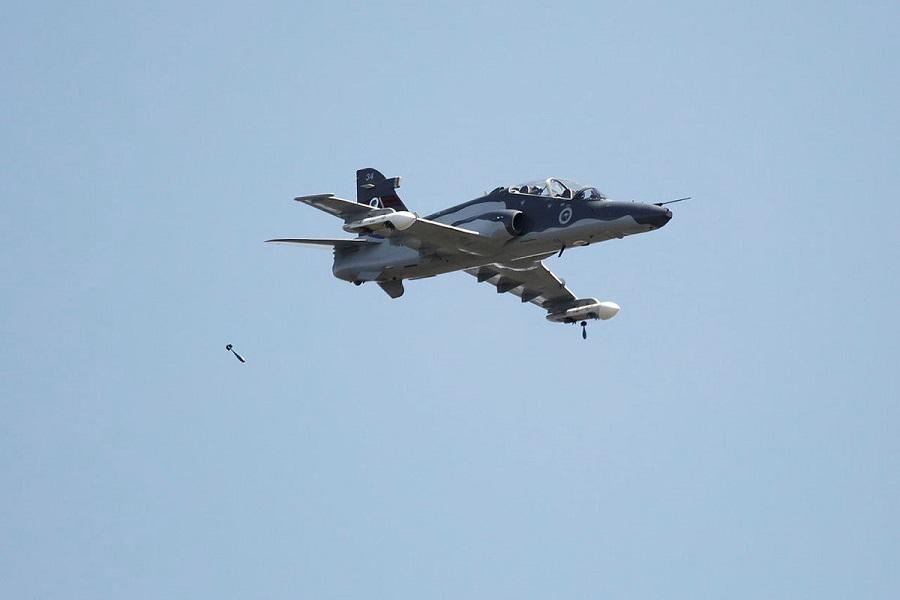This year’s Exercise Havoc Strike, 4 Squadron’s premier Close Air Support exercise, included the participation of members from the Philippine Air Force (PAF). Designed to expose the PAF members to Royal Australian Air Force (RAAF) training systems and air-land integration procedures, the exercise provided an important training opportunity by demonstrating how RAAF employs both aircrew and Joint Terminal Attack Controllers. The bilateral exercise was conducted in locations around the Hunter Region and RAAF Base Williamtown. Flight Commander 4 Squadron, Squadron Leader J, described the involvement of PAF personnel in Havoc Strike.
“Havoc Strike offered RAAF a great opportunity to work with PAF and exchange training methods. This exercise is the first of its type between the RAAF and PAF and is aimed at strengthening international engagement and interoperability across the region. The PAF sent six Combat Air Controllers to participate in the exercise which provided an opportunity to impact their training directly through a train-the-trainer continuum as well as exposure to ADF training processes, facilities and aircraft,” Squadron Leader J said.

During their first week in Australia, the Philippine Air Force members focused on Close Air Support academics and simulated scenarios. This included capability briefs from Royal Australian Air Force aircrew on a multitude of aircraft types. Week two of Havoc Strike included live Close Air Support training at Oyster Cove involving the 4 Squadron PC-21, followed by the 76 Squadron BAE Systems Hawk 127 at the Salt Ash Air Weapons Range utilising live ordnance. The exercise moved to the Singleton military training area to integrate training with the School of Infantry and focus on urban scenarios.
Havoc Strike culminated in a full mission profile at Bulahdelah employing the Royal Australian Air Force Lockheed Martin F-35A Lightning II single-seat, single-engine, all-weather stealth multirole combat aircraft and Pilatus PC-21 turboprop-powered advanced trainer in support of a ground manoeuvre. The Philippine Air Force Combat Air Controllers appreciated the opportunity to conduct the urban scenario with the support of the Royal Australian Air Force’s fifth Generation aircraft; something they had not done previously. Australia is the only country apart from the US with which the Philippines has a reciprocal visiting forces agreement, signed in 2007.













